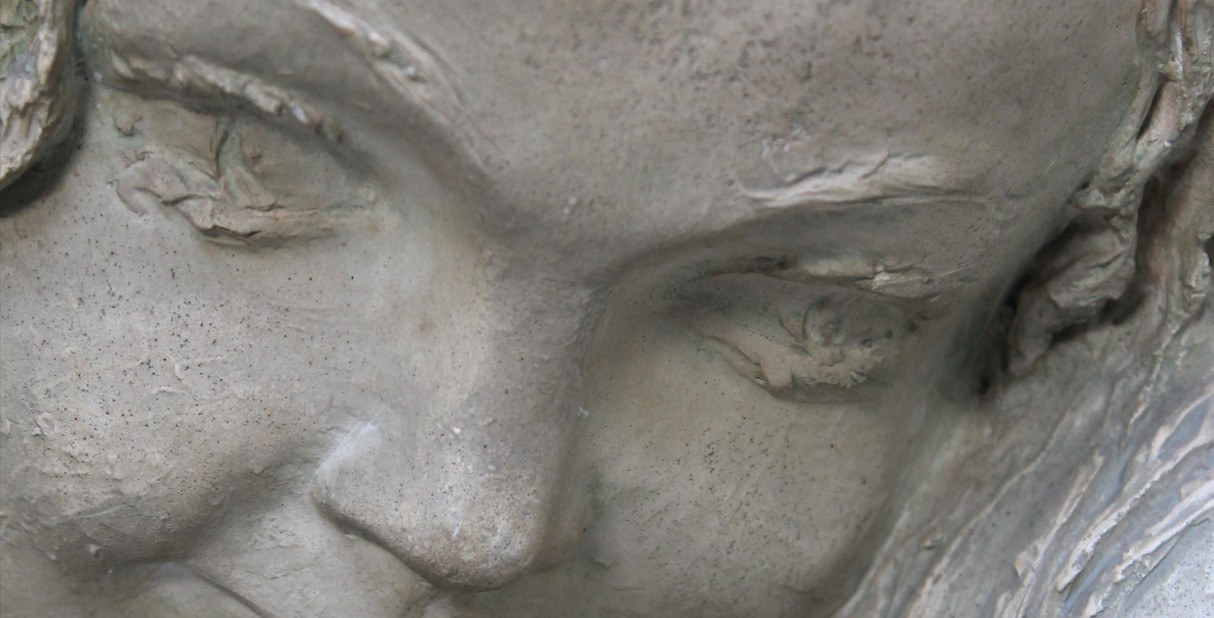
Date
The exhibition celebrates the 120th anniversary of the birth of Dante Ruffini (1905-1963), a leading figure in Cremona sculpture in the early 20th century and a prominent figure in the city's cultural scene.
Divided in ten sections, it presents around forty works, including plaster and terracotta sculptures, marble bas-reliefs and small bronzes, mostly with sacred subjects, created by the artist between 1927 and 1962 and all from the artist's collection, which is still lovingly preserved by his family.
The exhibition features the first-ever display of some monumental plaster casts, such as the lectern and a holy water font for the Basilica of San Siro in Sanremo and the baptismal font for the crypt of Montefiascone Cathedral, which have always been kept in the artist's studio and are fundamental to understand his particular artistic journey. Also on display for the first time are some precious glass plates of his works, personally taken by Dante Ruffini with his folding camera.
The exhibition will be accompanied by some audio tracks that will guide visitors along the route. The tracks can be accessed via QR codes, so we recommend bringing headphones to connect to your smartphone.
THE EXHIBITION
The exhibition begins, not surprisingly, with the theme of family affections, the personal and artistic centre of gravity of his life as a man and an artist, and winds its way through portraits of his wife Marina Coppetti and his children Laura and Marco, depicted as children, while other sections highlight the artist's mastery and method in working with different materials, the essential role of drawing and sketching in his sculptural practice, and the multidisciplinary interests traditionally associated with his family. The exhibition concludes with a section dedicated to Dante Ruffini's last two works, the essential forms of the Christ from 1962 and the monument to those who died for freedom in Via Palestro, which the artist managed to complete for subsequent casting but did not live to see installed.
The initiative, carried out in collaboration with the Department of Musicology and Cultural Heritage of the University of Pavia, Cremona campus, the Lyceum Club Internazionale di Cremona and the Società Storica Cremonese, is part of a systematic effort undertaken first by his daughter Laura and now by his brother Marco to preserve and promote the work of their father, the sculptor, which is still kept in Cremona in his home-studio in Via Carlo Speranza.
